Top Rankings For Canning Production Line Manufacturers
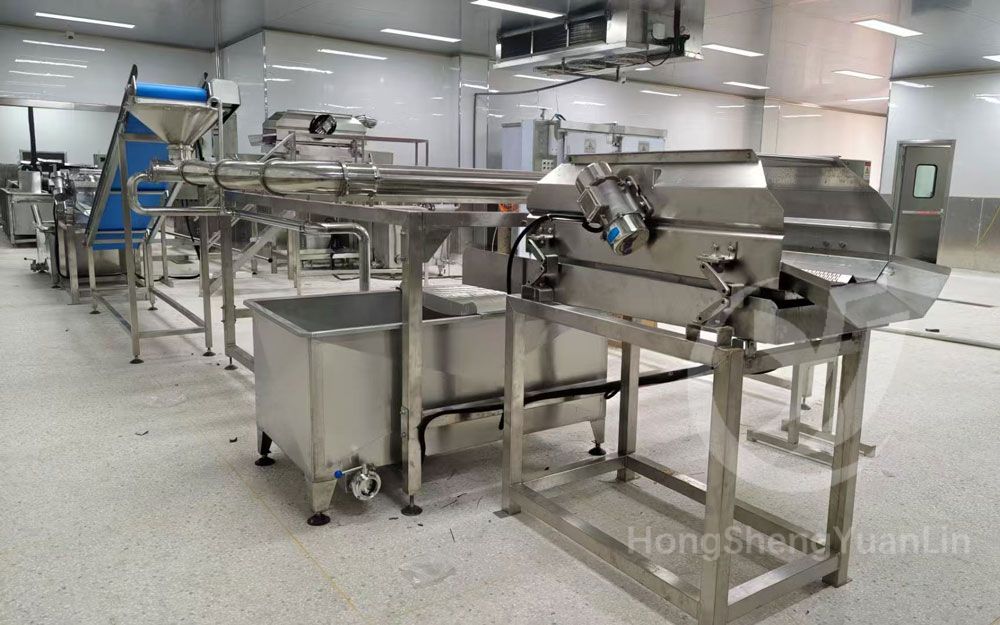
1. Introduction
The global canned food market has been experiencing steady growth over the past decade, driven by increasing consumer demand for convenience, longer shelf life, and diverse food options. As food producers strive to meet these demands, investing in high-quality canning production lines has become a key factor in achieving efficiency, consistency, and profitability.
Finding the right canning production line manufacturer is not a simple task. Businesses need to consider technology, automation level, product type compatibility, cost, and after-sales support. In this article, we explore the top rankings of canned food production line manufacturers, provide insights into selecting the right automation level, and guide you in choosing the most suitable supplier for your food factory.
2. Global Canned Food Market Overview
The canned food industry encompasses a wide range of products, including fruits, vegetables, fish, meat, and ready-to-eat meals. Globally, the market is valued at over USD 90 billion and continues to grow, especially in regions like North America, Europe, and Asia-Pacific. Rising urbanization, increased disposable income, and changing lifestyles contribute to higher demand for ready-to-use canned food products.
With market expansion comes the need for efficient food processing equipment. Modern automatic canning lines enable manufacturers to produce large volumes with consistent quality while minimizing human error. Key factors driving automation adoption include:
Production efficiency: Reducing processing time and labor costs.
Food safety compliance: Meeting international standards such as HACCP, ISO22000, and GMP.
Cost management: Lowering waste and energy consumption through optimized operations.
The growth of the market emphasizes the importance of sourcing top-tier canning production line manufacturers who can deliver high-quality, reliable solutions.
3. How to Evaluate Canning Production Line Manufacturers
Selecting the right manufacturer is critical to ensure your investment yields long-term benefits. Consider the following evaluation criteria:
Technical Capabilities
A manufacturer should provide state-of-the-art machinery that meets production volume requirements and product specifications. Look for companies offering:
Fully automated lines for high-volume production.
Semi-automatic or modular solutions for smaller or multi-product factories.
Advanced control systems like PLC or HMI for monitoring and automation.
Product Quality
The materials used in the production line, precision engineering, and adherence to international standards impact both production efficiency and food safety.
Service and Support
Comprehensive after-sales support is essential. Reliable manufacturers provide installation, commissioning, staff training, and technical troubleshooting.
Cost and ROI
While initial investment is important, consider the long-term return on investment. High automation can reduce labor costs and increase efficiency, providing better ROI despite higher upfront costs.
Reputation and Case Studies
Check client feedback and past installations. Verified success stories and positive customer experiences are strong indicators of a manufacturer’s reliability.
4. Top Canning Production Line Manufacturers
While there are many manufacturers worldwide, certain regions are recognized for their expertise in canned food production lines. Here’s a regional overview:
China
China has become a hub for canning machinery suppliers due to competitive pricing, customization capabilities, and extensive export experience. Leading Chinese manufacturers offer solutions for fruit, vegetable, fish, and meat canning, often providing turnkey solutions that include installation and training.
Europe
European manufacturers are known for high-end technology and premium automation. They typically focus on precision engineering, energy efficiency, and compliance with stringent international standards. European lines are often suitable for large-scale, multi-product factories.
United States & Other Regions
American and other international manufacturers are recognized for innovation and brand influence. Many offer specialized lines for unique canned food products or advanced automation modules.
Comparison Table of Top Manufacturers (Example)
| Region | Automation Level | Product Type | Price Range | Key Advantage |
|---|---|---|---|---|
| China | Semi-Automatic/Full | Fruit, Veg, Fish | $$ | Customization, Competitive Cost |
| Europe | Full Automatic | Multi-product | $$$$ | High-tech, Energy Efficient |
| USA | Full Automatic | Meat, Specialty | $$$$ | Innovation, Brand Reliability |
This table can be expanded with more specific suppliers and production capacities as needed.
5. Key Factors When Purchasing a Canning Production Line
Selecting a production line involves more than just cost or brand. Consider these critical factors:
Production Scale – Choose equipment capable of meeting your daily and annual output requirements.
Automation Level – Decide between full automation, semi-automation, or modular systems based on factory size and labor availability.
Product Compatibility – Ensure the line can process your target products efficiently.
Food Safety & Certification – Confirm compliance with HACCP, ISO22000, and GMP standards.
Cost Control – Evaluate equipment price, maintenance cost, energy consumption, and long-term ROI.
6. How to Choose the Right Automation Level for Your Production Line
Selecting the appropriate automation level is crucial for operational efficiency and investment optimization.
Automation Levels Overview
Full-Automatic: Ideal for large factories with high daily output. Reduces labor, improves efficiency, but requires higher initial investment.
Semi-Automatic: Suitable for medium to small factories, lower cost, more flexible, but requires manual involvement.
Modular / Hybrid: Allows multi-product lines, adaptable for future expansion, partially manual operation.
Core Considerations
Production Volume – Large-scale operations benefit from full automation.
Product Complexity – Complex recipes or multi-ingredient cans may require advanced automation modules.
Budget – Evaluate ROI; higher automation increases upfront costs but reduces long-term labor expenses.
Factory Space & Layout – Full automation requires sufficient space and optimized workflow.
Technical Skills – Full automation needs skilled technicians for maintenance; semi-automatic is easier to operate.
Practical Recommendations
Startups: Semi-automatic or modular lines to minimize initial investment.
Medium-Large Factories: Full automation for higher efficiency and consistent output.
Multi-product Factories: Modular lines for flexibility and future scalability.
Keywords: automatic canning line, how to choose the right automation level, semi-automatic vs full-automatic canning line
7. Success Stories and Client Feedback
Case Study 1: Canned Fruit Factory
A mid-sized fruit canning factory implemented a semi-automatic line from a top Chinese manufacturer. Production efficiency increased by 40%, labor costs dropped 25%, and product quality improved, meeting HACCP standards.
Case Study 2: Canned Fish Factory
A European full-automatic line installation enabled a large fish processing plant to scale production to over 50,000 cans per day, with precise portioning and minimal downtime. Staff training and technical support from the supplier were key success factors.
These examples illustrate the importance of choosing the right canning production line manufacturer and matching automation to operational needs.
8. Industry Trends and Future Outlook
The canned food production industry is evolving rapidly with new technological advancements:
Automation and Smart Manufacturing: Integration of IoT, sensors, and AI for monitoring production efficiency.
Energy Efficiency & Environmental Sustainability: Reducing water, electricity, and material waste.
Customization & Multi-Product Adaptability: Flexible lines capable of handling diverse product types.
Data-Driven Production: Using analytics to optimize line performance, reduce downtime, and ensure quality control.
Staying informed about these trends helps manufacturers choose suppliers offering future-proof solutions.
9. Conclusion and Actionable Advice
Choosing a top-ranked canning production line manufacturer is a strategic decision that directly affects your factory’s efficiency, product quality, and ROI. When selecting a supplier, consider:
Technical capability and automation level
Product compatibility and scalability
Compliance with international food safety standards
Cost, ROI, and long-term service support
Next Steps: Reach out to verified suppliers for consultation, request quotes, and evaluate turnkey solutions that align with your production needs. Investing time in proper supplier selection ensures your canned food business achieves sustainable growth and operational excellence.
Must-Read Blogs For Chain Restaurants Owner


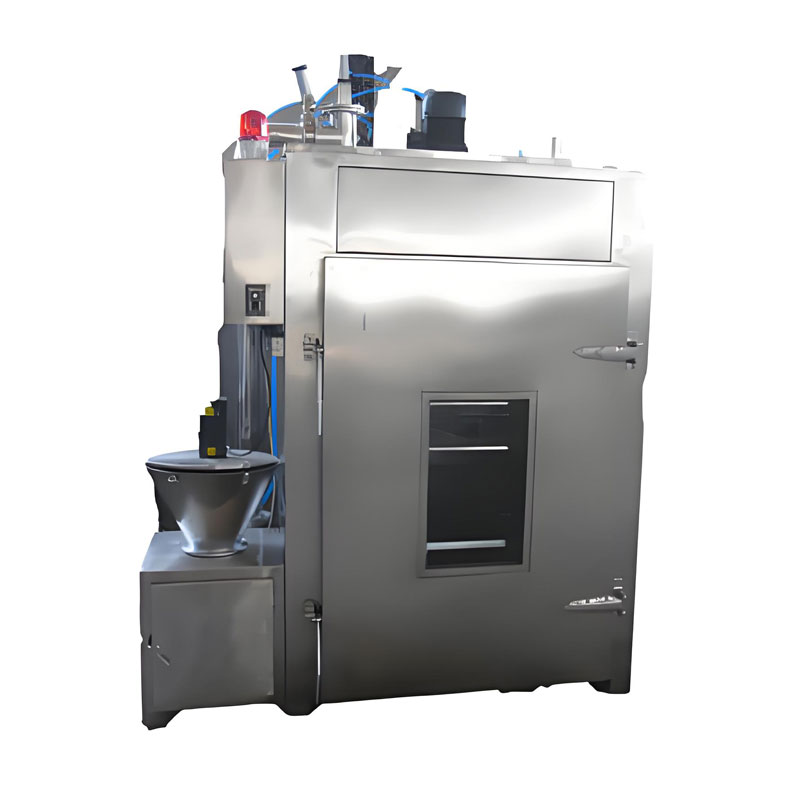
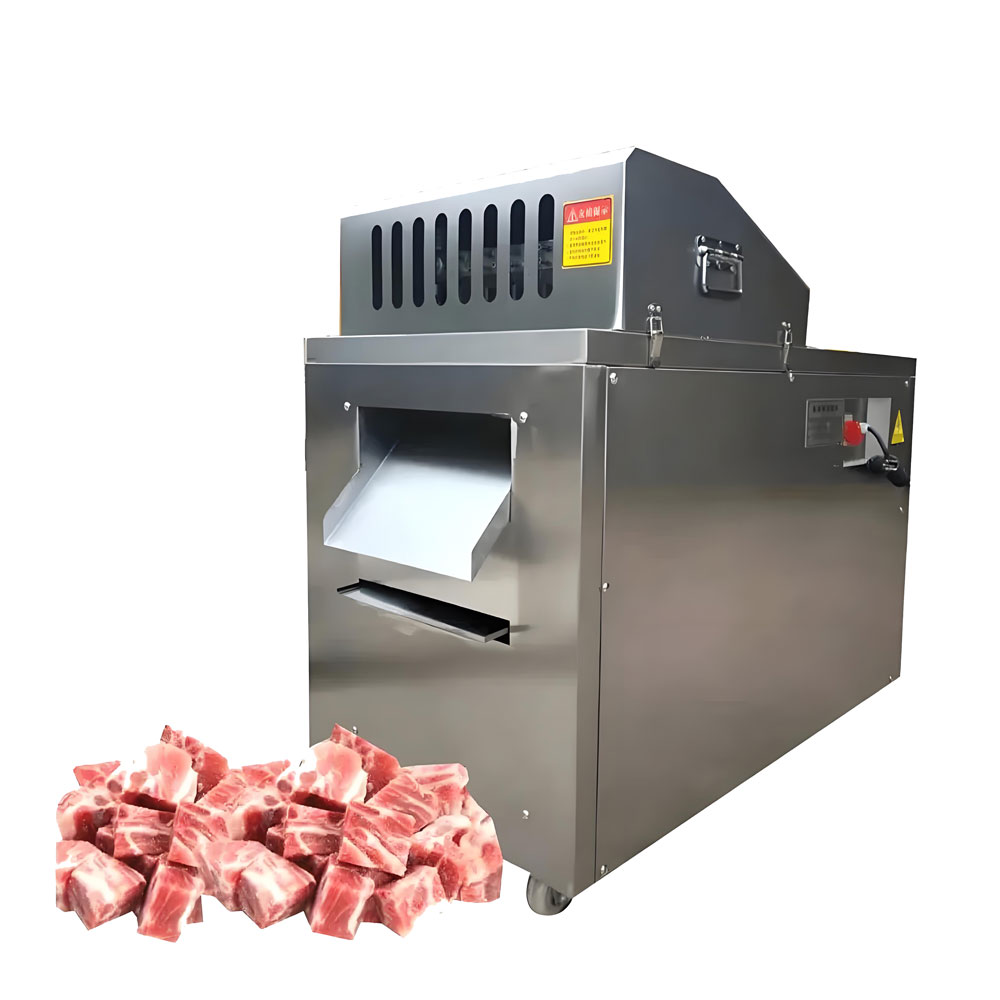
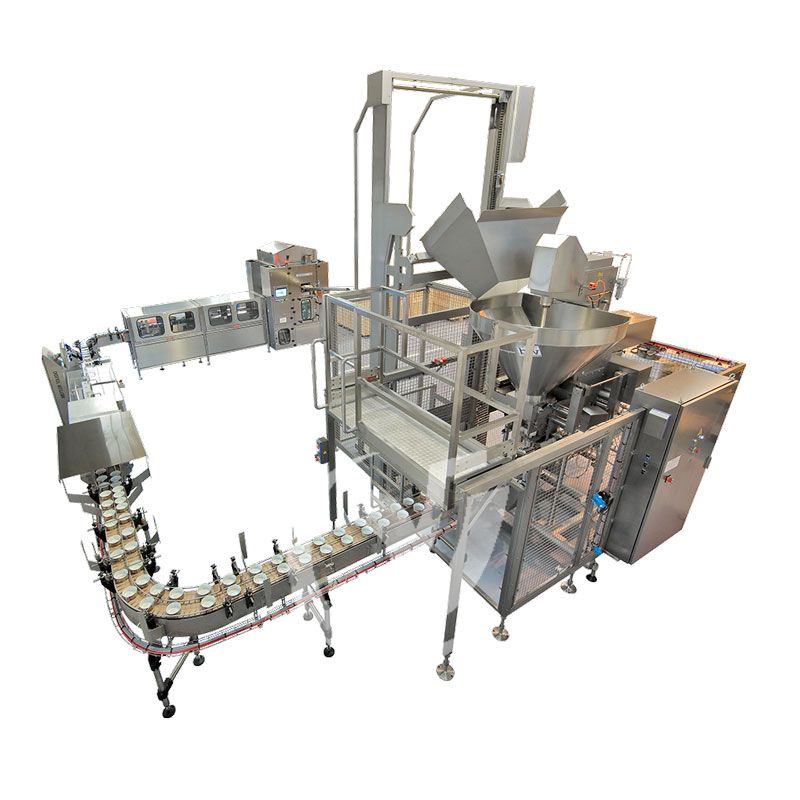


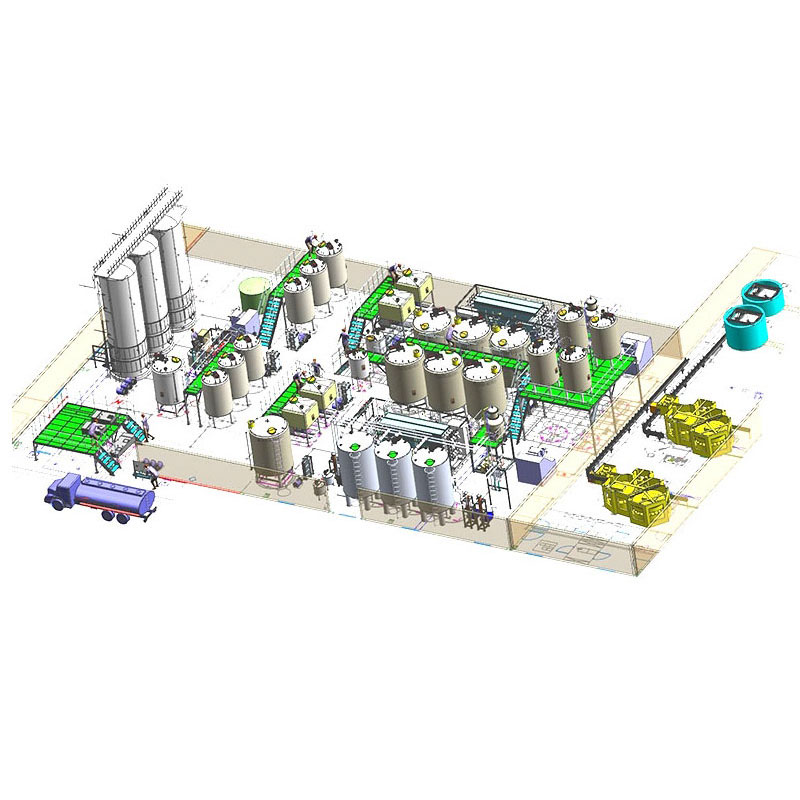

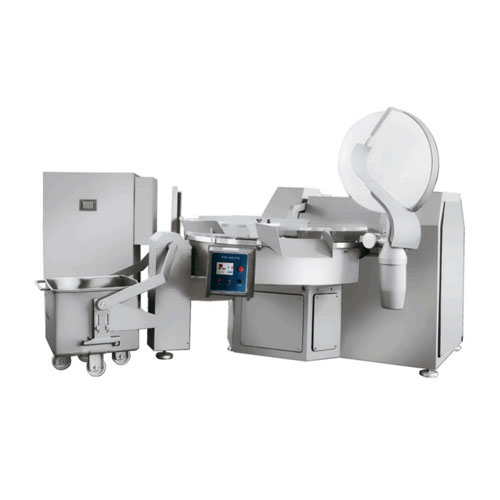
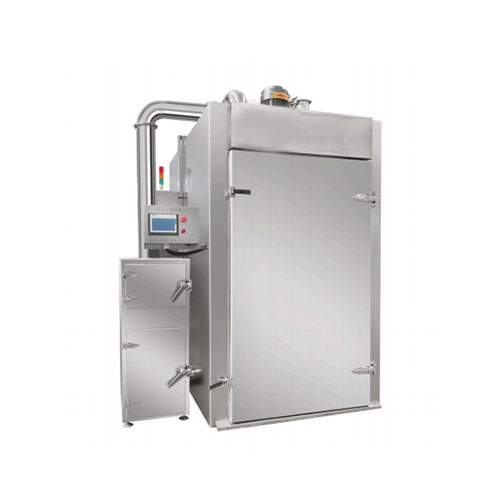
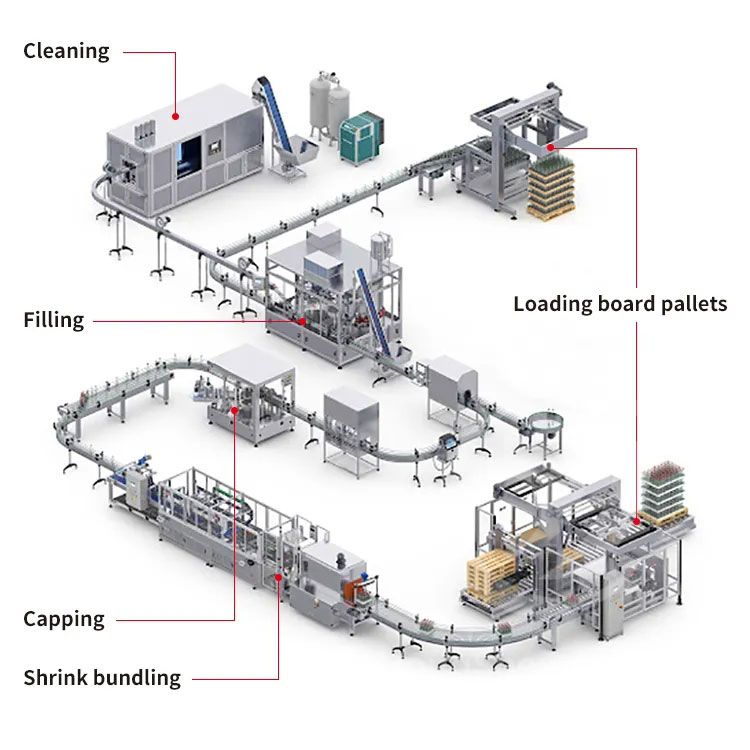 Aseptic Canning Production Line Equipment
Aseptic Canning Production Line Equipment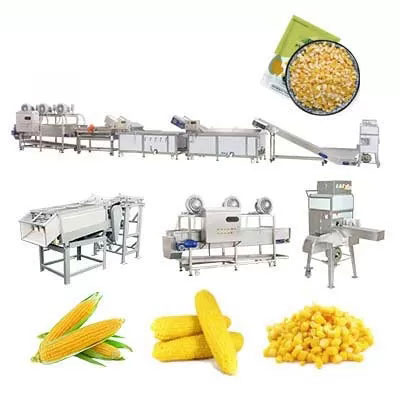 Sweet Corn Canning Production Line
Sweet Corn Canning Production Line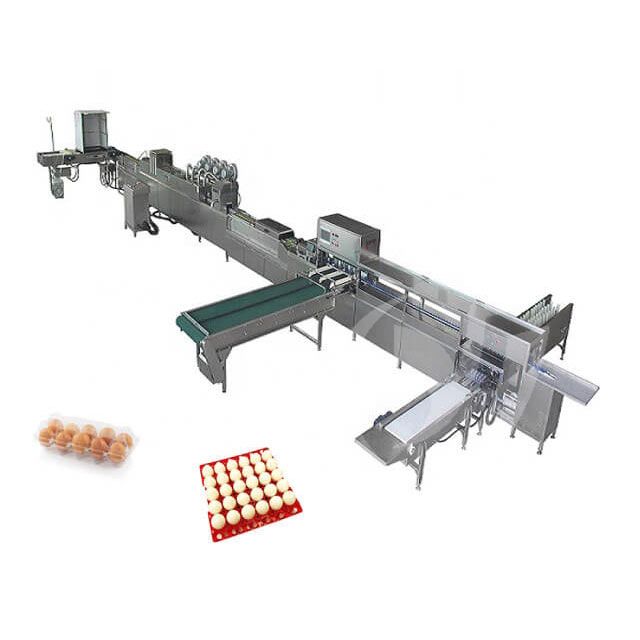 Egg Canning Production Line
Egg Canning Production Line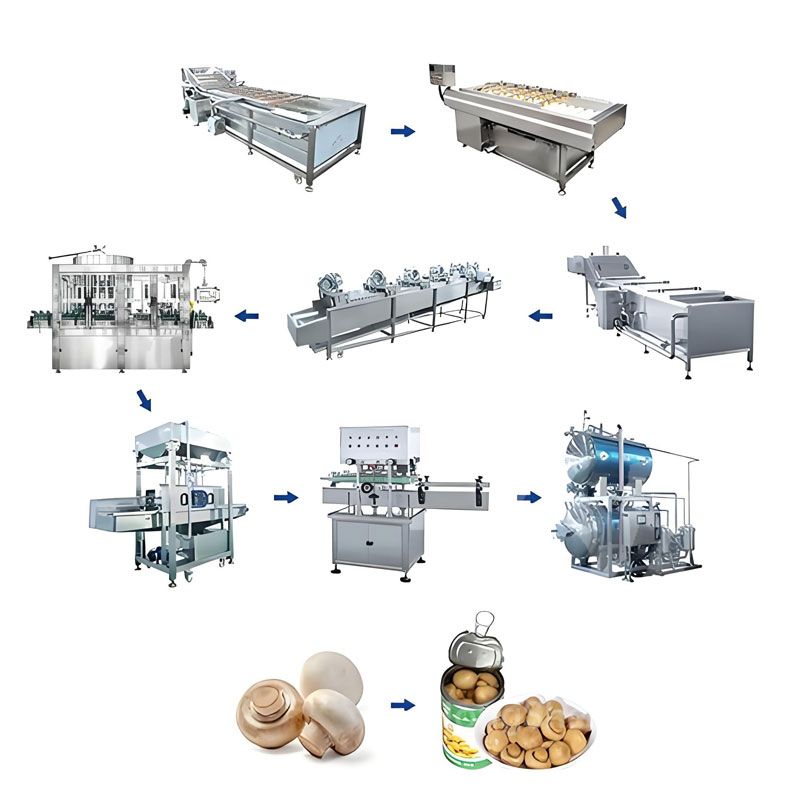 Button Mushroom Canning Production Line
Button Mushroom Canning Production Line
Ready to Get Started?